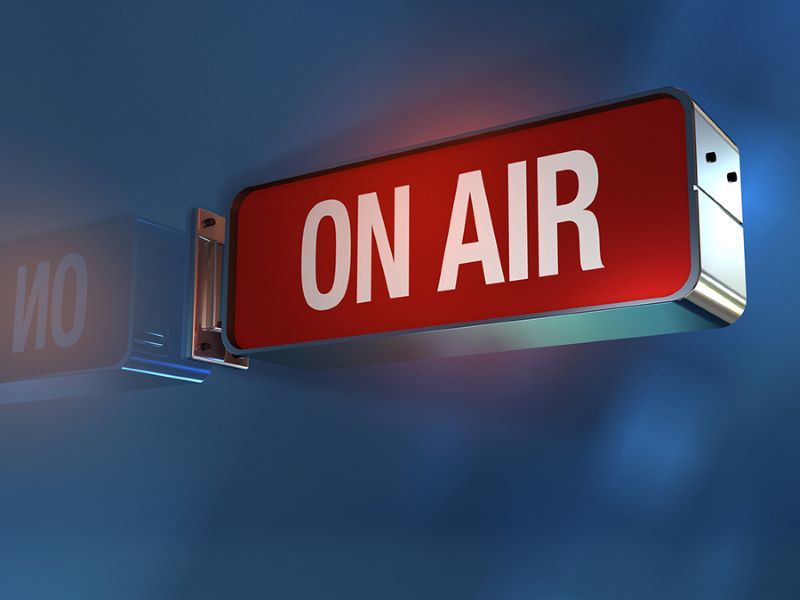
How Can My Business Create an Effective Radio Strategy?
Previously in our RCG Blog, we discussed the benefits for advertising on Radio for Contractors. But once you’re ready, how do you create an effective strategy to drive leads? An effective strategy includes three key items: Ad Types, Programming or Music Format, and Messaging.
What Type of Radio Ad Fits Your Business Goals?
Radio is known for being quite flexible when it comes to program formatting and time allowed for music, discussion – and ads. However, this also leaves a wide gamut ad types or advertising that a business can purchase. What best fits how you want to convey your message?
Traditional Radio Spots: These mainly come in two lengths, and are typically longer than your normal TV spot. There are several variants of these, including live reads, pre-recorded, or your branding message. Because you are only using audio messaging to describe your business instead of using visual cues, use your time wisely with a call-to-action for results.
Traffic & Weather Sponsorships: Always a high-frequency option to get your name out. However, because these are short in length and limited on the message content, these are best used for branding only.
Endorsements: When considering your audience, lending a trusted voice to your business or product is an easy way to gain credibility. Most endorsements and live reads include a more personal description of what you do and whom you serve. Additionally, finding the right endorser is just as important, as the endorsements themselves. If the endorser believes in and understands your business, this will translate over the airwaves.
Remotes & Live Events: These are great for recruitment days or to support career fairs. Announcers continually promote your location and event through a window of time. However, we do recommend taking a look at where the event is being held. Remember, if you’re driving business literally to your door, first impressions are key.
Choosing the Right Stations to Reach Your Target Audience
Every Market is different. Among the broader Midwest markets, country stations typically out-perform urban contemporary stations. However, we know that urban contemporary stations are “hot” in the southern states. Geography plays a big role in who you’re trying to reach – and where they are most likely to tune in. Ratings play a part, and just like TV, Radio stations are able to compile demographic data to help reach your key audience targets.
It should be noted, if you have a business that covers a larger footprint, be sure to keep in mind that what works in one area, may need an extra look for another. Know who your audience is.
Do you need to be on five stations at once? No, probably not. Are you currently trying to reach homeowners with a sense of urgency, branding your business, or are you trying to run a recruitment campaign? These could all be very different messages and may not universally work with each station format. Narrowing down your key target, and then finding a handful of stations that fit that target, is the best way to ‘wade the waters’ of the vast pool of air waves.
Making Radio Creative Memorable
Radio’s storytelling and ads have been helping build business long before households had televisions. The early audio performances that engaged audiences to have emotional reactions and use their imagination during radio broadcasts created the coined term ‘theatre of the mind’. Some businesses lend themselves more easily to the creation of mental images. We all know what a clogged drain can do to our kitchen, but we may not be able to recognize when our roof has hail damage. Use real situations, testimonials or sound effects to pull imagery into audio.
Jingles & spokespersons are other ways to gain attention, or to create an ‘ear worm’ that lasts longer than the message itself. Jingles are effective in keeping your company top of mind, especially when your product or service may not be a “right now” need. A spokesperson can be an easy identifier that crosses over any audio/visual marketing medium.
Radio is Evolving, Just Like TV
Most radio stations have a streaming feed of their programming. This is helping radio reach additional persons at work, on job sites or even in waiting rooms. Particularly, radio streaming is growing among persons who are constantly on the go, and they also provide the personal touch on the day-to-day with updated local news and information. App subscription information from radio streaming is also evolving and giving us better insights about key target demographics and where they listen.
Additionally, we can also consider podcasting as part of the radio family. Podcasting not only uses ‘theatre of the mind,’ but easy accessibility on-the-go. In fact, podcasting’s share of ear has more than doubled in five years, increasing 122% since 2014 Podcasts allow the user to access long-form information on any subject that fits their interests. In fact, according to recent account, there were over 900,000 podcasts out there. Furthermore, podcasts follow a similar format to the original weekly radio dramas, with new episodes being released on a regular basis- but giving listeners the ability to “tune in” at their convenience.
Creating an effective marketing strategy for radio is like creating strategies for other mediums: create a goal, identify your target audience, and then research potential channels that will be the right fit to carry your brand forward. Because a radio audience is unique in a non-visual sense, making sure your messaging is clear and that your branding is consistent is key to making radio part of your lead growth.




